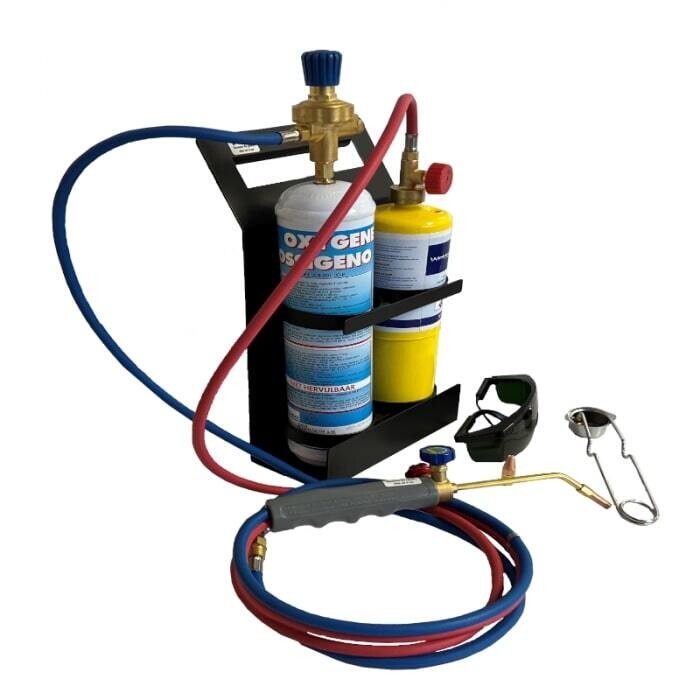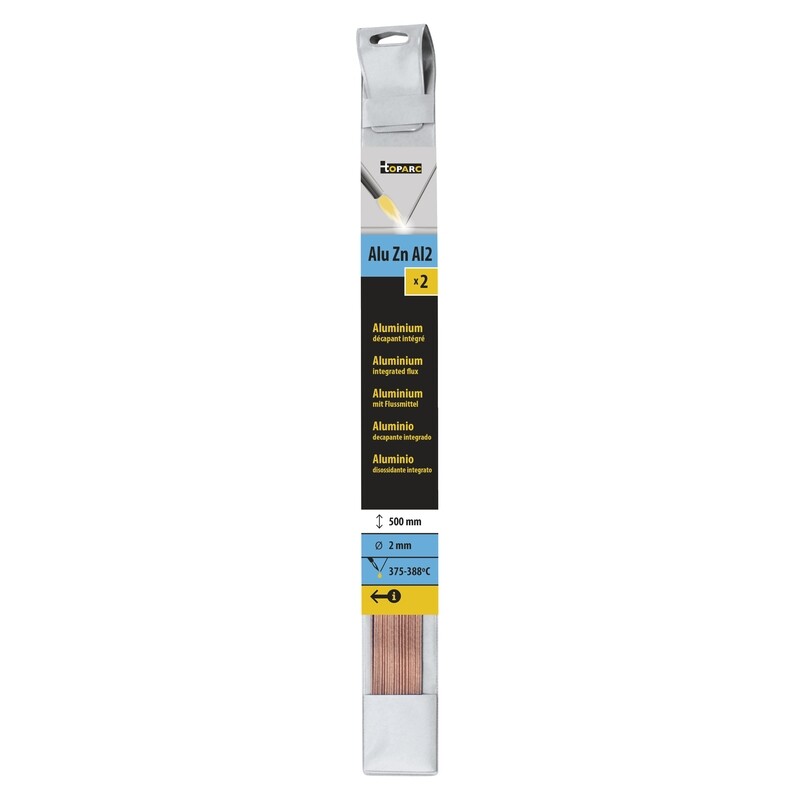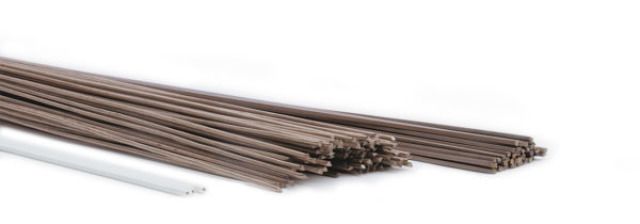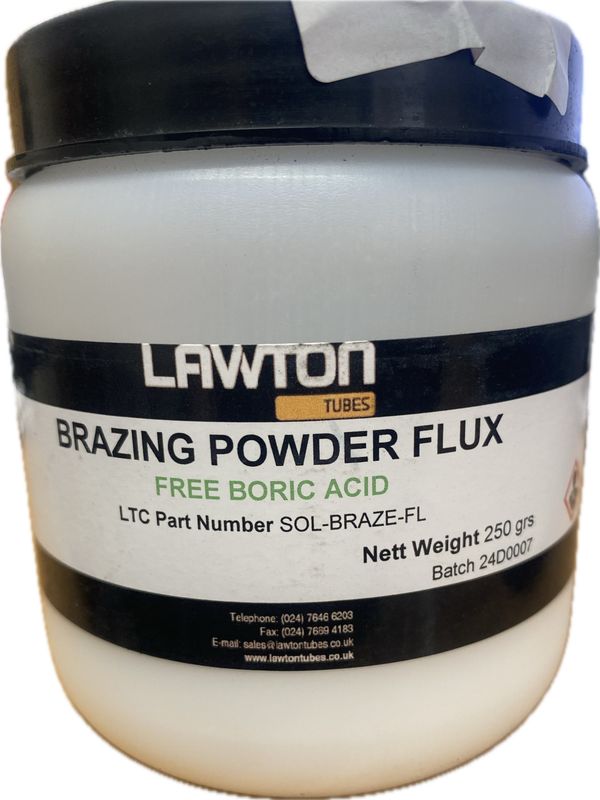Trade Counter Open Monday to Friday, 8.30am-5pm
Gas Brazing
What is Gas Brazing?
Gas brazing is a metal joining process that uses a filler metal with a melting point below that of the base metals. The filler metal is melted by a flame or other heat source and drawn into the joint by capillary action. Gas brazing is typically used to join ferrous and non-ferrous metals, such as steel, copper, and brass.
Advantages of Gas Brazing
Gas brazing offers a number of advantages over other metal joining processes, including:
- High strength: Gas brazed joints can be very strong, even stronger than the base metals themselves.
- Ductility: Gas brazed joints are also very ductile, making them resistant to cracking and fatigue.
- Cleanliness: Gas brazing is a relatively clean process, producing little or no smoke or fumes.
- Versatility: Gas brazing can be used to join a wide variety of metals and alloys.
Applications of Gas Brazing
Gas brazing is used in a wide variety of applications, including:
- Automotive: Gas brazing is used to join components in the automotive industry, such as brake lines, radiators, and condensers.
- Aerospace: Gas brazing is also used in the aerospace industry to join components in aircraft and spacecraft.
- Electronics: Gas brazing is used to join components in electronic devices, such as circuit boards and semiconductors.
- Construction: Gas brazing is used to join components in the construction industry, such as plumbing and heating systems.
Gas Brazing Process
The gas brazing process typically involves the following steps:
- Surface preparation: The surfaces of the base metals to be joined must be clean and free of oxides. This can be done using a variety of methods, such as sandblasting, chemical cleaning, or mechanical cleaning.
- Preheating: The base metals are typically preheated to a temperature below the melting point of the filler metal. This helps to prevent the base metals from being overheated and also helps to ensure a good bond between the filler metal and the base metals.
- Flux application: A flux is applied to the joint area. Flux is a substance that helps to remove oxides and other contaminants from the joint area and also helps to promote wetting of the filler metal.
- Filler metal application: The filler metal is applied to the joint area. This can be done using a variety of methods, such as a rod, wire, or preform.
- Heating: The joint is heated using a flame or other heat source. The heat melts the filler metal, which is drawn into the joint by capillary action.
- Cooling: The joint is allowed to cool. Once the joint is cool, the flux can be removed.
Gas Brazing Safety
Gas brazing is a relatively safe process, but there are a few safety precautions that should be taken:
- Always wear appropriate safety gear: This includes safety glasses, gloves, and clothing.
- Work in a well-ventilated area: This will help to prevent the inhalation of fumes.
- Be careful not to overheat the base metals: Overheating can cause the base metals to warp or crack.
- Do not braze near flammable materials: The heat from the flame could ignite the flammable materials.
Conclusion
Gas brazing is a versatile and effective metal joining process that is used in a wide variety of industries. It offers a number of advantages over other metal joining processes, including high strength, ductility, cleanliness, and versatility.
Refine by

oxygen disposable gas cylinder 0.95 ltr
oxygen disposable gas cylinder 0.95 ltr
(Collection & Local Delivery Only)
£22.42

mapp gas disposable gas cylinder
mapp gas disposable gas cylinder
(Collection & Local Delivery Only)
£16.50
Powered by Lightspeed
Display prices in:GBP





